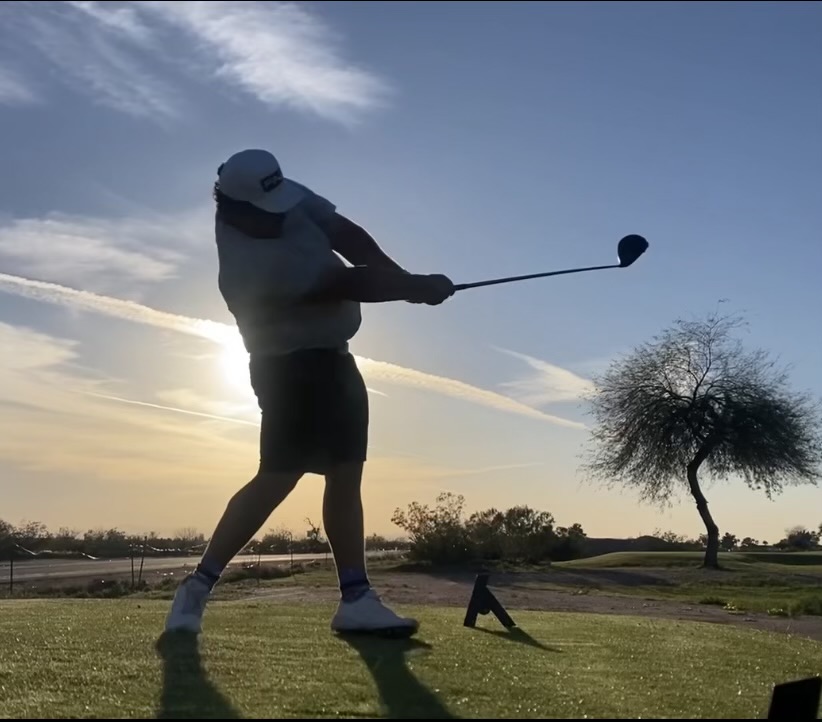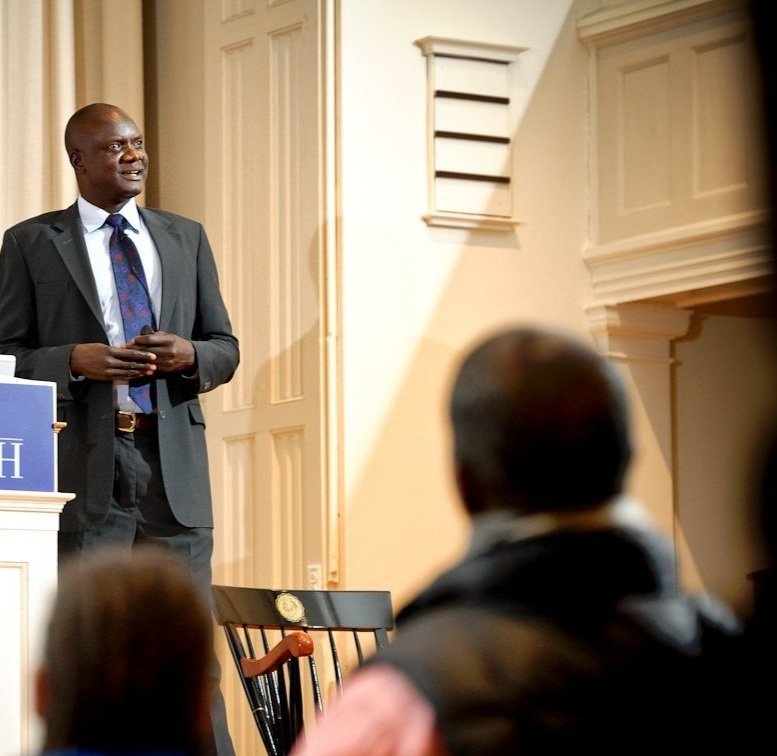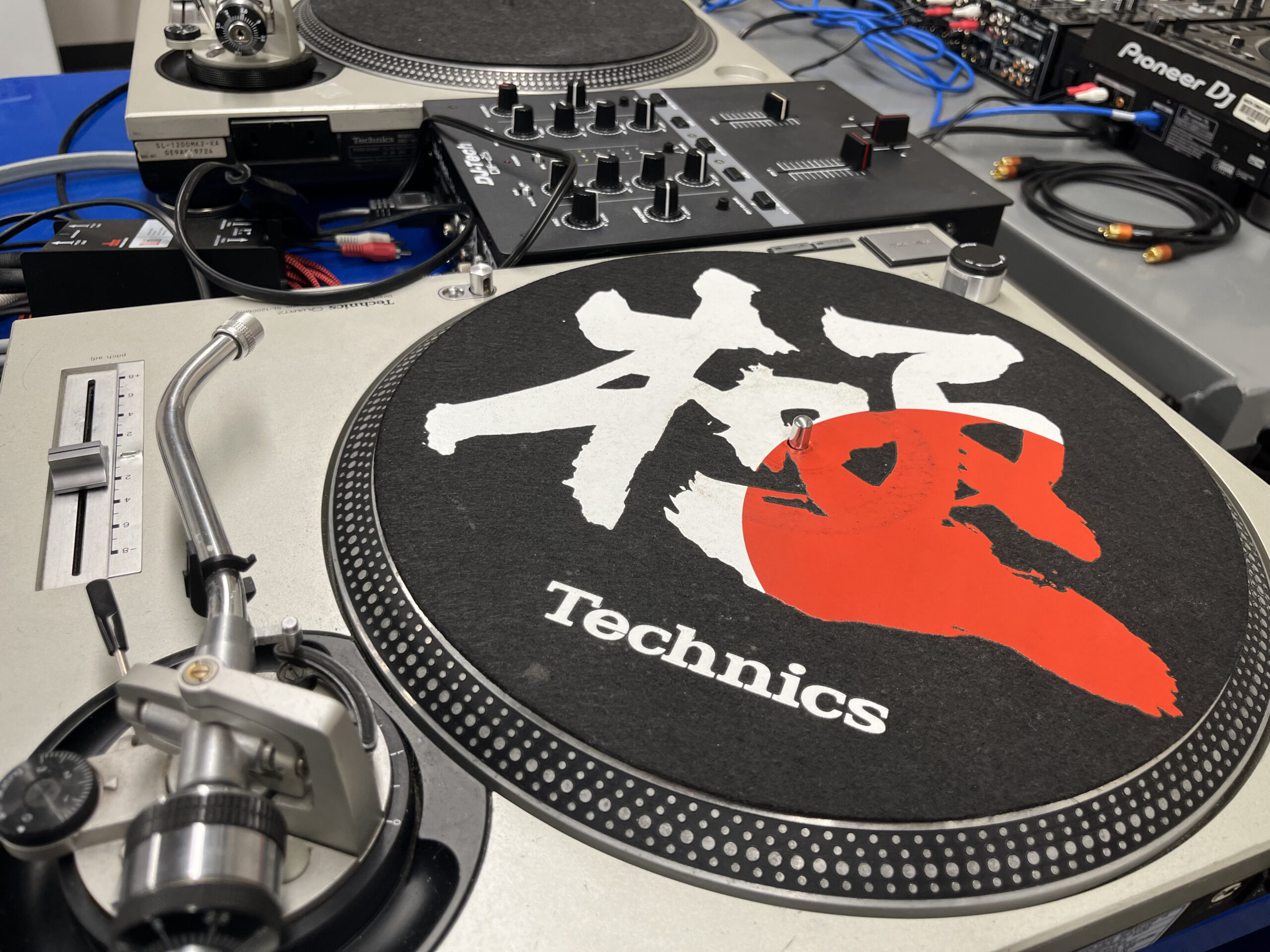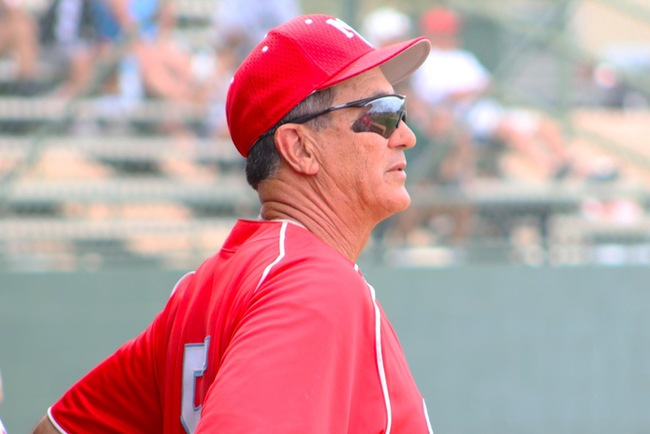Brain pain leaves people not the same

Mesa Legend
The science is in, and what has become utterly undeniable is that athletes who compete in contact sports get head injuries. Such injuries, sustained over a career that for many begins as early as middle or high school, has been proven to have both cumulative, as well as permanent, effects on brain function. There are many examples of famous celebrity athletes that, in the years following retirement, suffer from neurological damage that is a direct consequence of their performances. Referred to in the world of professional boxing as “punch drunk” due to the similarities between signs of brain damage and alcohol intoxication; slurred speech, inability to interact with others, an increase in aggression, and poor memory recall are just a few facets of the horror story that is brain damage. And the more concussions that one receives, the more exaggerated the symptoms often are, sometimes leading to paralysis.
So what should we as a society do, to lessen or prevent such sad outcomes for athletes?Having an impartial system in place to monitor athletes who sustain injury, especially head trauma, would go a long way toward mitigating bad cases becoming too far gone.An emphasis on athletic programs at middle schools and high schools is imperative; brain damage may wreak even greater havoc on young minds still in the process of developing physiologically. That argument aside, given that the safety and well-being of students is the responsibility of the institutions they attend, said institutions should take every possible precaution when a student is injured during the course of a school activity.
Students entrust the faculty of their school to look out for them, and that trust should be enkindled in kind. A major component of good healthcare is preventative medicine; the idea that catching something before it becomes untreatable is practical if nothing else. And as of right now, traumatic brain injury is incurable. The approach taken to help those with brain damage is to learn to live with the damage. Therapy to either learn or relearn how to speak, and live a life of relative normalcy. Though they may learn to carry on conversation, and deal with the symptoms, being relegated to such a fate should not be viewed as acceptable by the rest of us.









